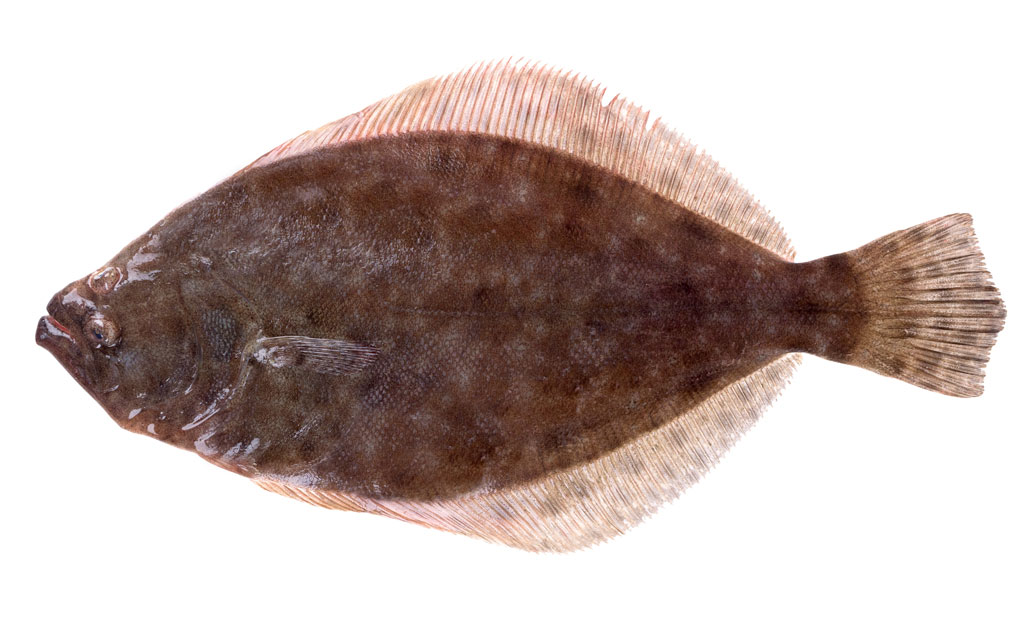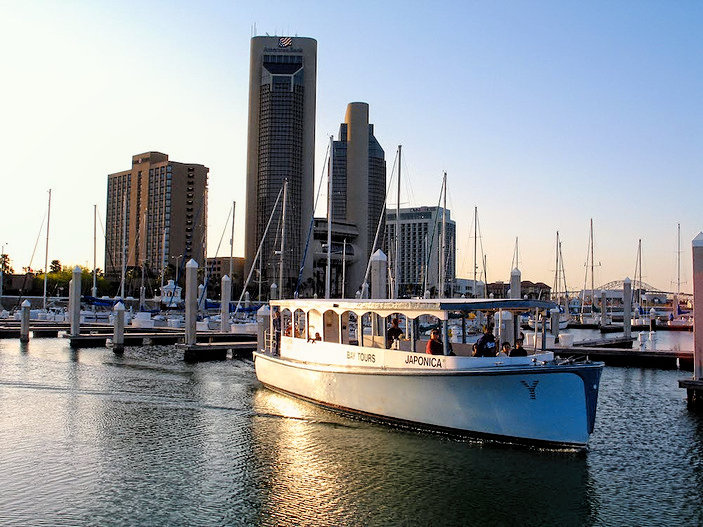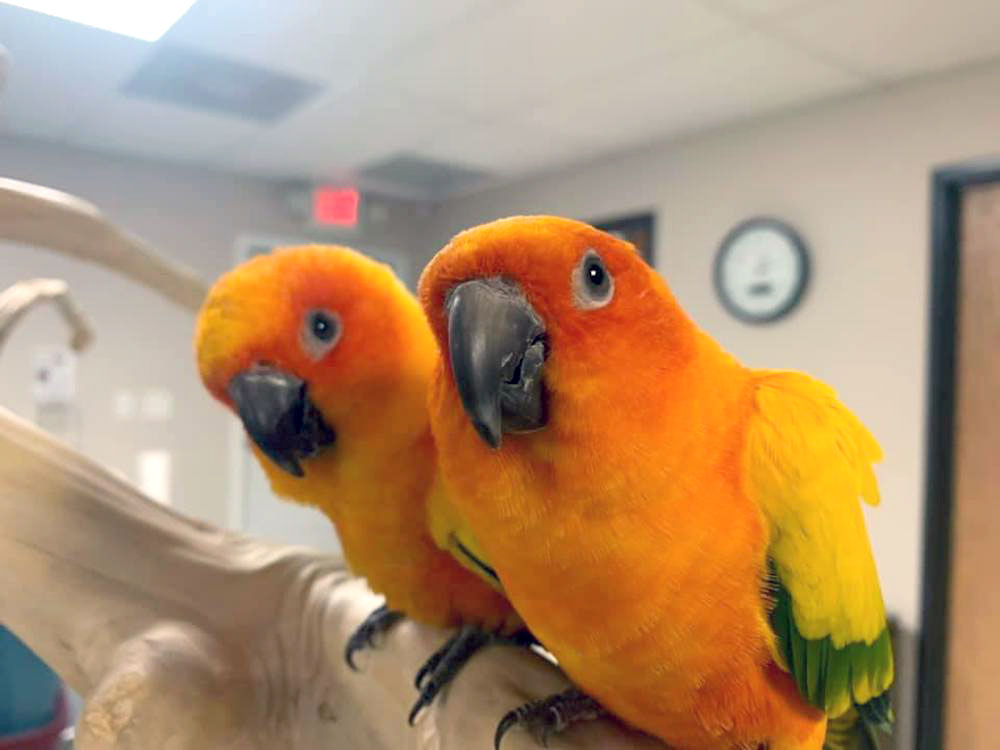
Nicole Pringle, volunteer coordinator at the Amos Rehabilitation Keep in Port Aransas, holds a cold-stunned green sea turtle while education specialist Amanda Taylor reads off the PIT tag identification number. A major cold-stun event occurred Jan. 2. Close to 250 green sea turtles were brought to the Amos Rehabilitation Keep. Courtesy photo
Frigid winter weather along the Texas coast stunned a record number of sea turtles, most of which were found in the Coastal Bend and taken to Amos Rehabilitation Keep. ARK reopened the day of the second cold snap, Jan. 5, after its own rehabilitation following damage from Hurricane Harvey in August 2017.
The animal rehabilitation facility is part of the University of Texas Marine Science Institute in Port Aransas. UTMSI is the first marine research laboratory founded in Texas. It rehabs turtles and shorebirds with the goal of returning them to the wild.
So far this winter, 3,419 turtles have been injured by the cold in Texas. Of those, 2,681 — or 78 percent — were found in the Coastal Bend, mostly in bays. The previous record was 1,670 in the winter of 2010-11, and this winter’s cold stunnings have nearly doubled that. The rescue success rate has been very high with 85 percent of cold-stunned turtles located alive.
“Cold stunning is an event that happens when the water temperature in the shallow areas drops below fifty degrees for twenty-four to forty-eight hours,” explained Alex Little, senior wildlife care specialist at the Texas State Aquarium’s Sea Turtle Rehabilitation Facility, another Coastal Bend organization that works to save local wildlife. “The turtles get stunned; they’re cold-blooded reptiles, so they need warmth to survive. They become too cold to really move, and a lot of their functions won’t work properly.”
Warming waters in the Gulf of Mexico make it a year-round home for sea turtles, leaving them vulnerable during the few cold days. Sea turtle troubles begin anytime water temperatures drop below 50 degrees. Heart rates decrease along with circulation. Turtles become lethargic. That’s followed by shock, pneumonia, and even death. Water temperatures at 50 degrees are almost always fatal.
“They’ll start to float to the surface and begin floating into shallow areas, around shorelines or grassy areas,” Little said. “That’s the most dangerous time for the turtles because they can be exposed to predators, boat strikes or other things like that.”
After rescue, the majority of the cold-stunned turtles go through the Division of Sea Turtle Science and Recovery at Padre Island National Seashore for stabilization before relocating to one of three rehabilitation facilities: the Texas State Aquarium’s Wildlife Rescue Center, the Amos Rehabilitation Keep, and the Texas Sealife Center.
From there, the objective is to release the turtles as soon as they’re healthy so they don’t take up space in case another cold snap injures more turtles.
“The cold-stunning season can go all the way to the first week of March, so we may not be done yet — which is a scary thought,” said Donna Shaver, chief of the Sea Turtle Division at PINS.
Beachgoers and anglers who are not trained in marine wildlife rescue are asked to call (866) TURTLE-5 when they find a troubled turtle.
Trained volunteers will collect the turtles and take them to the nearest rehabilitation facility. They are placed in kiddie pools, where they are gradually warmed up. After only a few days, they can be returned to the Gulf of Mexico. In the Coastal Bend, most turtle releases are public and held at the Padre Island National Seashore.





